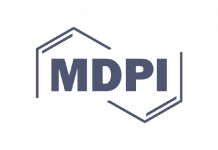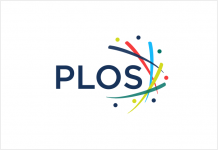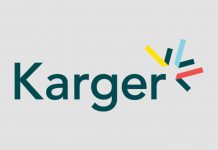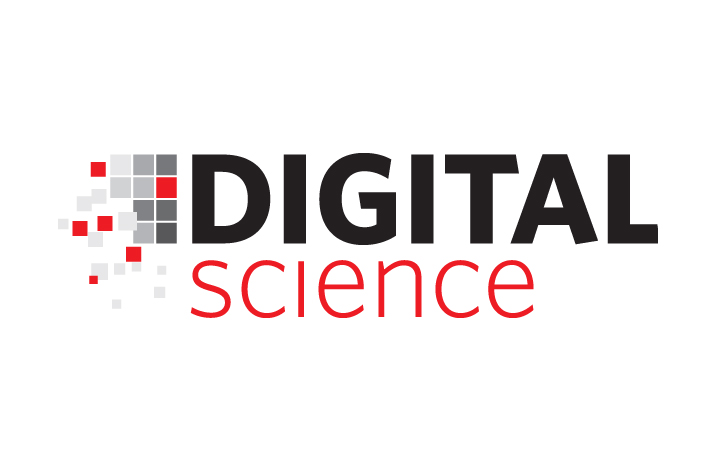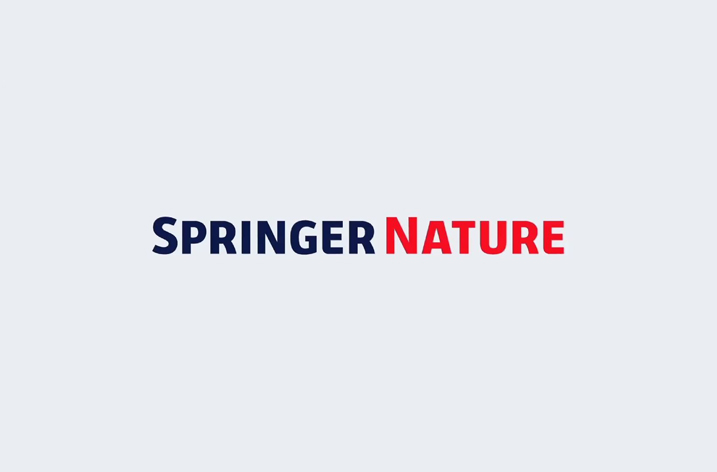
New data released by Springer Nature shows the immediate impact Transformative Agreements (TA) have on driving global open access (OA) output, with some countries seeing increases in OA uptake of up to 78% in the first year of their TA.
“Accelerating open access at scale – a look at three transformative agreements” analyses data from across Springer Nature’s TAs with a specific focus on – LYRASIS (USA), SANLiC (South Africa), and the CTK Consortium (Slovenia). It shows that in the first year after their TAs went live:
- LYRASIS has seen an immediate growth in OA publications with 533 articles published in the first 6 months of its TA going live, compared to 140 articles in the entire previous 12-month period.
- South Africa saw an increase in OA uptake from 10% pre-TA to 78% during first year of TA.
- Slovenia saw an increase in OA uptake from 19% pre-TA to 73%.
- Other countries whose TAs went live in 2023 have also seen an increase in OA uptake of between 14%-78%, with Portugal seeing the biggest change from 6%-72% (2).
Speaking on the white paper, Carrie Webster, VP Open Access Springer Nature commented:
“Evidence continues to show that TAs represent a sustainable, practical and effective pathway to achieving global OA. As this data shows, they not only have an immediate impact on OA publication but are also ensuring that researchers from across a diverse range of partners – discipline and country – can publish OA and benefit from the greater reach, usage and global impact it affords.
“By pooling resources, adapting to local contexts, and fostering collaboration, TAs are making significant strides toward a future where all research is accessible to everyone. We remain committed to negotiating agreements that are adapted to meet regional needs, ensuring that no one is left behind in the drive towards a more open and equitable scholarly communication landscape”
Other notable findings from the white paper align with data presented in the publisher’s most recent OA report, demonstrating the role TAs have in:
- Increasing usage of subscription content – content by affiliated researchers for each of the case study countries increased by as much as 24% in the first year of the agreement.
- Increasing equity across disciplines – in several Springer Nature TAs, the percentage of HSS articles published OA has increased by over 2000%. In Slovenia and South Africa OA uptake in HSS increased by over 600% and 800% respectively (from 12% and 9% uptake in year before TA).
- Increasing equity across institutions and researchers – by enabling OA publishing for more researchers, including those from historically underfunded areas such as lower research-intensive institutions and early career researchers.
Adrienne Webber, Dean, University Digital Library, Grambling State University, one of the institutions included in the LYRASIS agreement commented:
“It’s benefiting our students and faculty members across the board at HBCUs. It’s giving us an opportunity where we’ve been shut out for so long and not been able to present our ideas in a new format. So, I think it’s groundbreaking for us.”
Data used and analysed for the paper includes company usage data (COUNTER 5), and publicly available citation data (Scopus, Web of Science, CrossRef). The full white paper can be read here.



